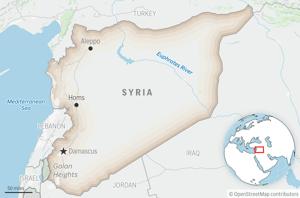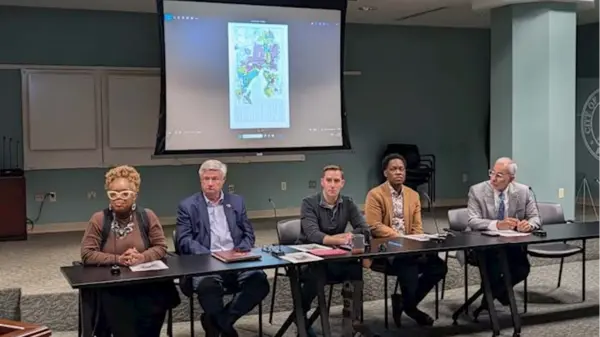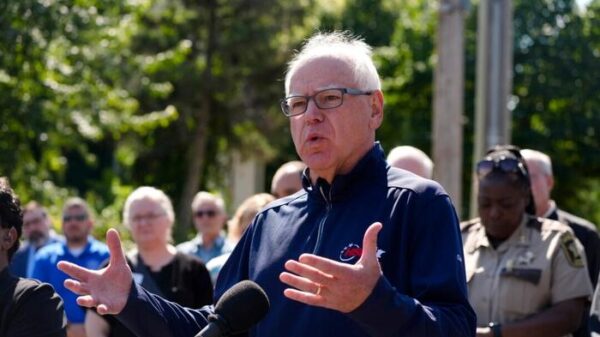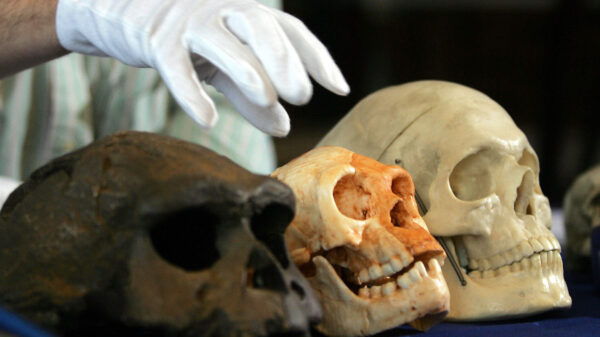Archaeologists from Cardiff University have revealed evidence of one of the largest feasts in Britain at the conclusion of the Bronze Age, approximately 3,200 years ago. Their findings, detailed in a study published in the journal iScience, involve the analysis of six significant “middens,” or ancient rubbish heaps, located in Wiltshire and the Thames Valley. One midden, notably expansive, covered an area equivalent to five football pitches and contained an astounding 15 million bone fragments.
The research employed advanced multi-isotope analysis, a cutting-edge technique that identifies the geographical origins of animals consumed during these feasts. This method allowed scientists to analyze the unique chemical signatures found in the bones, revealing insights into the dietary practices of prehistoric communities.
The Scale of Prehistoric Celebrations
The analysis of the middens indicates a vibrant culture of communal feasting at the end of the Bronze Age. Researchers discovered that the animal remains varied significantly across different sites, highlighting the diversity of these gatherings. According to the study, “Each midden had a distinct makeup of animal remains, with some full of locally raised sheep and others with pigs or cattle from far and wide.”
For instance, at Potterne, pork was the primary meat, with some animals traced back to regions as far as Northern England. In contrast, the midden at Runnymede in Surrey featured cattle sourced from distant locations. Meanwhile, in East Chisenbury, the focus was on sheep, primarily sourced locally, demonstrating the regional variations in these feasts.
Feasting Amidst Transition
This extensive social activity prompts a question: why were prehistoric communities engaging in such elaborate feasts? The transition from the Bronze Age to the Iron Age was marked by climatic and economic shifts, leading to what some researchers term a “Feasting Age.” As communities faced uncertainty, they turned to these gatherings to foster relationships and maintain social bonds.
Professor Richard Madgwick, a co-author of the study, emphasized the significance of these findings, stating, “The scale of these accumulations of debris and their wide catchment points to communal consumption and social mobilization on a scale that is arguably unparalleled in British prehistory.”
Lead author Dr. Carmen Esposito further noted that these middens served as crucial hubs within the landscape, essential for sustaining regional economies and reinforcing identities among communities during this tumultuous period. As the value of bronze diminished and agricultural practices took root, these feasts likely played a pivotal role in uniting people.
The research illustrates that the end of an era prompted not only a shift in economic practices but also a cultural response characterized by communal celebration. The unique features of each midden suggest that while the feasts varied, they collectively contributed to the social cohesion necessary for communities transitioning into the Iron Age.
The study presents a compelling narrative about the role of celebration in human history, reminding us that even in times of change, the act of gathering together can serve vital social functions. The full research can be accessed in the journal iScience.







































































